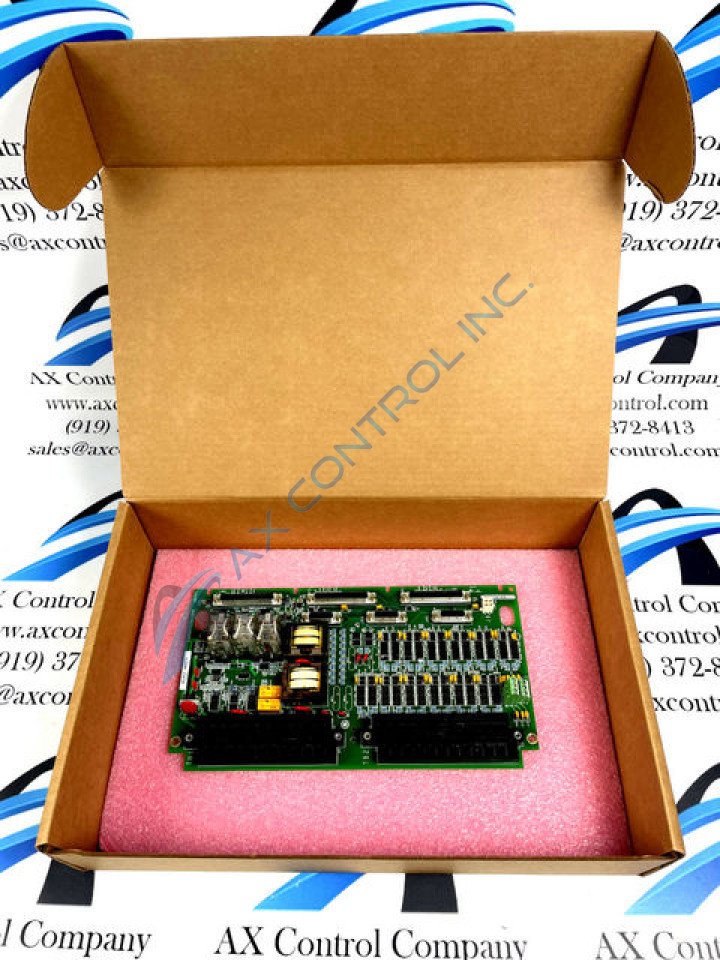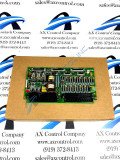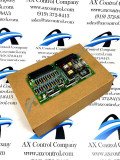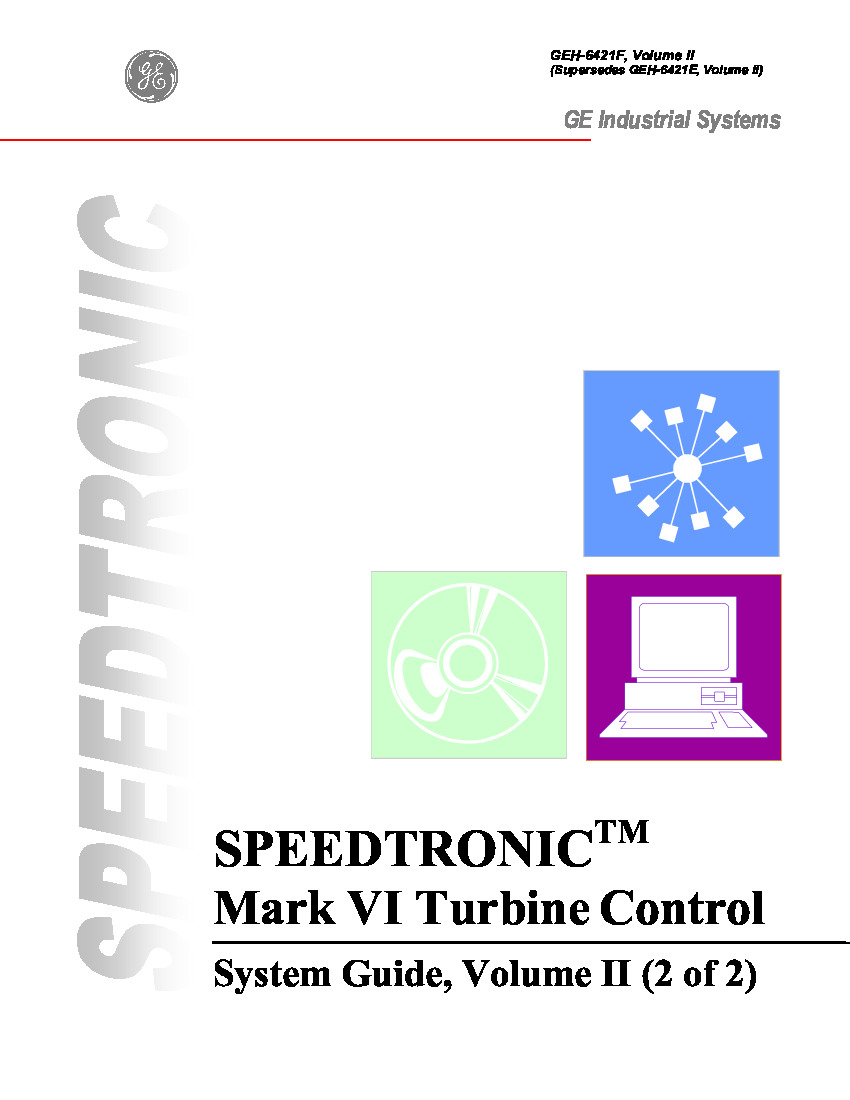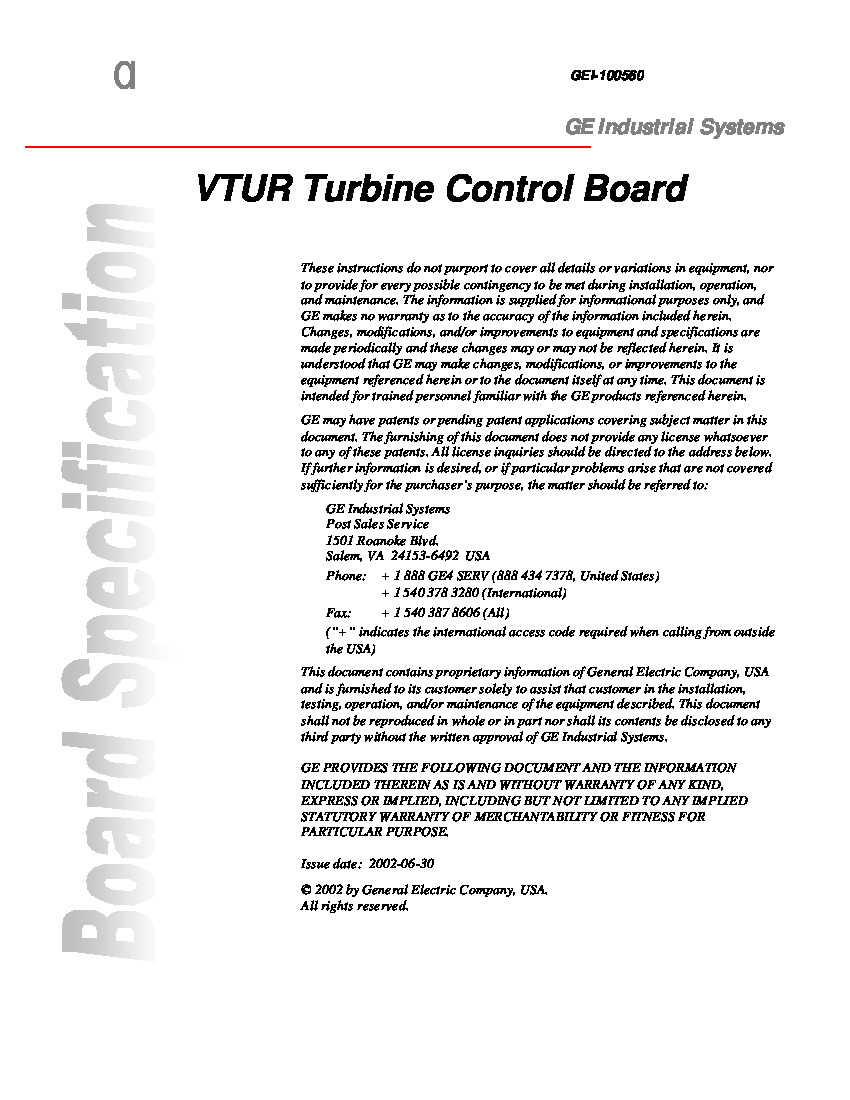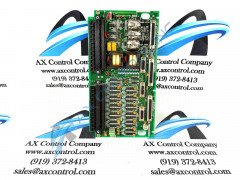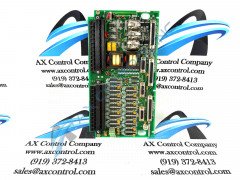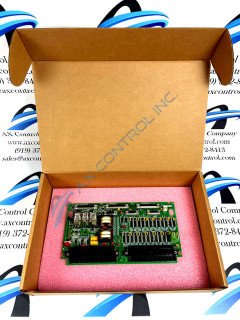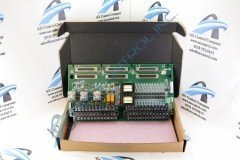About the IS200TTURH1BBB
This IS200TTURH1BBB Terminal Turbine Board's series of unique and interesting hardware component parts are perhaps best understood when contextualized with the greater intended functionality of this printed circuit board. For starters, the intended application focuses of the IS200TTURH1BBB Terminal Turbine Board is described in original factory-issued documentation as:
- its providing of simplex signals to its greater VTUR Turbine Control Board
- its steady control of the VTUR assembly's 52G main breaker relay coil
IS200TTURH1BBB Device Revision Table
As mentioned above, this IS200TTURH1BBB product is not actually the original product developed for its specific Mark VI Turbine Control System Series functional product role, as that would be considered the IS200TTURH1 parent PCB notably not utilizing this IS200TTURH1BBB product's three B-rated significant revisions. This IS200TTURH1BBB device's three revisions are actually:
- a B-rated primary functional revision
- a B-rated secondary functional revision
- a B-rated artwork configuration revision
This IS200TTURH1BBB product's artwork configuration revision is considered that revision style as it deals specifically with the placement of individual pieces of circuitry and hardware components on this IS200TTURH1BBB device's base printed circuit board.
Specialized IS200TTURH1BBB Number Breakdown
Now that some of the intended functionality of this IS200TTURH1BBB product has been described, it is possible to explore its various hardware offerings. For starters, an immediately-noticeable hardware component affixed to this PCB's base board is its set of two terminal blocks, both of which are pluggable for installation and maintenance purposes. These two terminal blocks each accept 24 terminal input/output connections each, for a total of 48 total possible I/Os on the face of the IS200TTURH1BBB board. Some of the other handy pieces of hardware accessible to the IS200TTURH1BBB board user are its:
- series of noise suppression filters
- which interface with their corresponding JR1, JS1, and JT1 connector ports
- nominal 125 V dc to breaker coil power supply voltage
- 12 total passive speed pickups
- a normal assembly version
- three B-rated significant product revisions
All of the hardware components available to this TTUR Terminal Board should be protected well by a layer of conformal-style PCB coating; which is chemically-applied to every surface of every hardware component affixed to this module's base circuit board.



